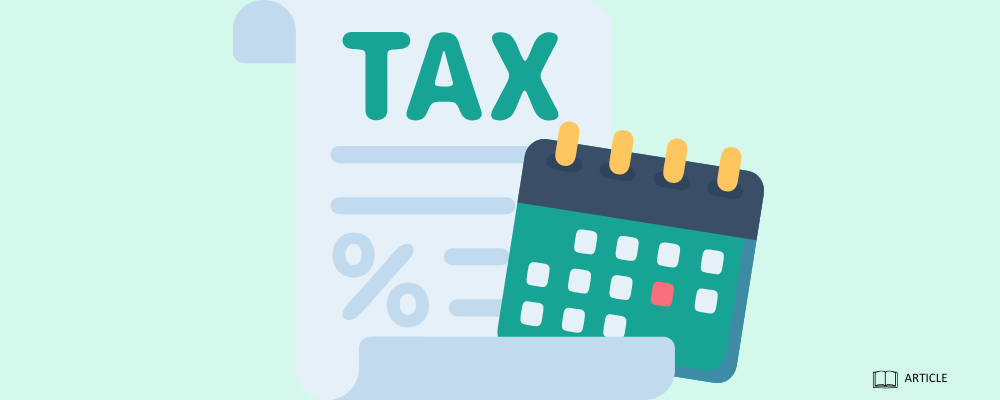Children’s bank accounts
You may wonder why your child has been taxed 47% on the interest on their bank account.
If your child is under 18 years old and has a savings account, you may be subject to interest.
Who declares interest?
Who uses or owns the funds in the account determines who declares the interest (no matter what type of account it is or the name of the account holder).
You need to consider who:
- Contributes the funds, including one-time and recurring deposits into the account
- Determines how the funds are spent, regardless of who it is spent on
If you provide the money and spend it as you like, you must include the interest in YOUR tax return.
If you hold a joint account, interest earned is divided equally among all account holders, who each declare their share of the income on their tax return.
If the amount deposited is considered excessive, you will need to examine it carefully to decide where the money came from and whose money it is.
Income from a savings account is treated differently from the income received from shares.
Quoting a TFN
A child can apply for a Tax File Number (TFN) – there is no minimum age to have a TFN, and children are not exempt from quoting a TFN.
When deciding whether to quote a TFN and whose TFN you should quote, you need to consider:
- Who owns or uses the funds
- Your child’s age and the amount of interest they receive
If the person who owns or uses the fund is the parent, as trustee for the child and
- No formal trust exists, quote the parent’s TFN
- There is a formal trust, quote the trust’s TFN
Your child’s age
If your child is less than 16 years old, special rules apply to their income from a savings account. When determining their age, children are treated as being under 16 years old until the end of the calendar year in which they turn 16.
If your child is:
| Your child’s age | |||
| Any age and they earn less than $120 per year (or $10 per month) from savings accounts | Less than 16 years old and earns between $120 and $420 from savings accounts per year AND | Less than 16 years old and earns $420 or more per year (or $35 or more per month) from savings accounts AND | 16 or 17 years old, earns $120 or more from their savings account per year AND |
| Their financial institution will not withhold tax | Provides either their date of birth or a TFN, the financial institution will not withhold tax and they do not need to lodge a tax return | Provides their TFN, the financial institution will not withhold tax | Provides their TFN, the financial institution will not withhold tax |
| Doesn’t provide their date of birth or TFN, the financial institution will withhold PAYG tax at 47% and they will need to lodge a tax return if they want a refund | Doesn’t provide their TFN, the financial institution will withhold PAYG tax at 47% and they will need to lodge a tax return if they want a refund | Doesn’t provide their TFN, the financial institution will withhold PAYG tax at 47% and they will need to lodge a tax return if they want a refund. | |
If you have a joint account between an adult and a child aged under 16 years, the same rules apply as those for a 16 or 17-year-old.
Amount of interest earned
The withholding tax is calculated on the total interest earned – not just the amount above the threshold ($420 or $120, depending on their circumstances).
Where a deposit has a term of less than one year, or where interest is paid more than once per year, we apply a daily pro-rata calculation of the threshold ($420 or $120 depending on their circumstances).
Lodging a tax return
If your child has had PAYG tax deducted, you will need to lodge a tax return on their behalf if they wish to claim any refund owed.
If your child does not have a TFN, you will need to get one before you can lodge a tax return on their behalf.
Interest accrued
Interest from a bank is part of your assessable income for the year. Even if the funds earning the interest were not subject to tax, the interest accrued is and must be reported in your tax return. Who declares the interest accrued on a child’s bank account, is outlined above.
The post Children’s bank accounts appeared first on Green Taylor Partners.
More GTP Articles






